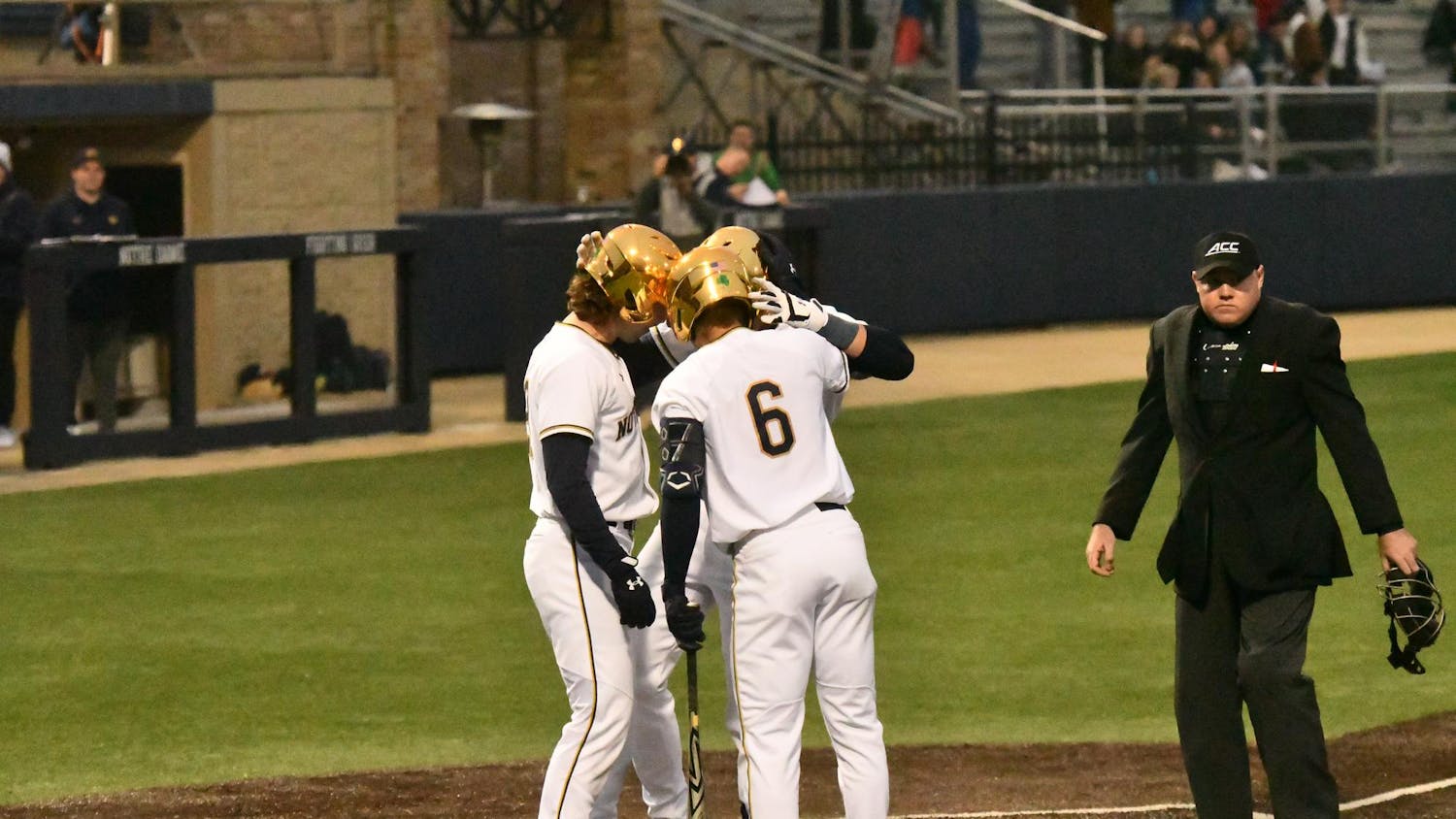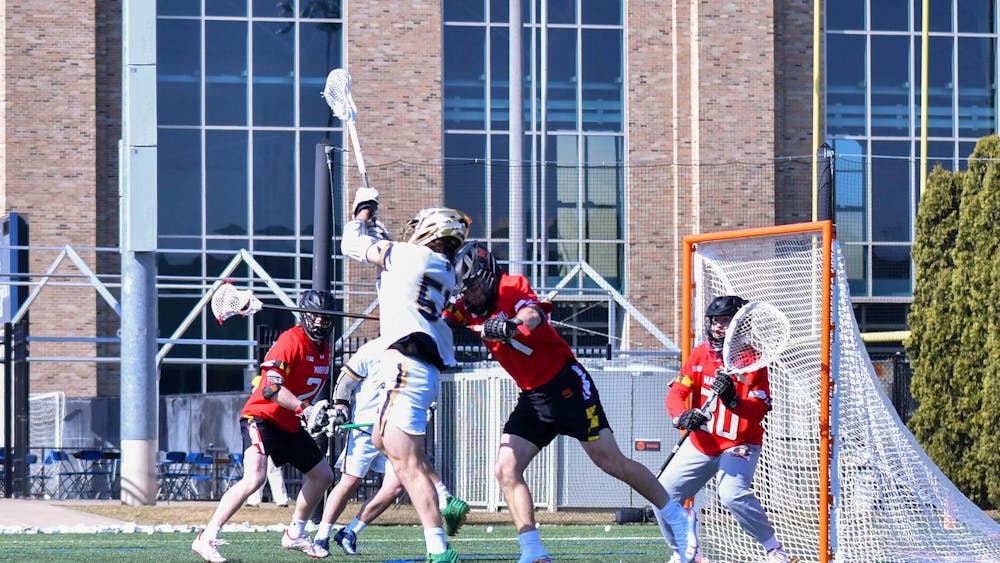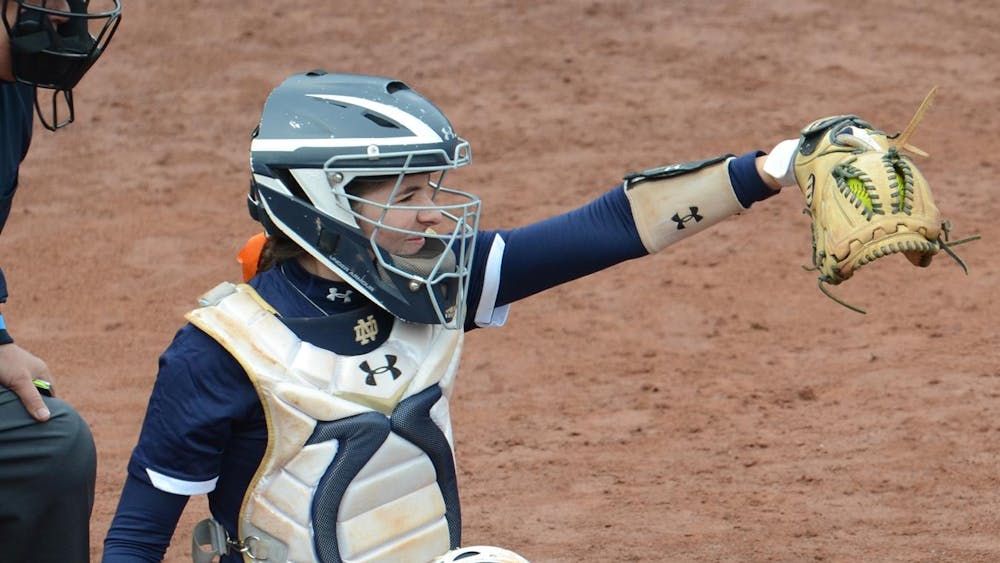With countless football fans around the world glued to their couches, unable to pick themselves up off the leather, there is no doubting the popularity of the NFL. But while those diehard fans couldn't move due to sheer enjoyment, some of the players being watched were in a similar position: unable to lift themselves up off the turf because of injury.
The list of Sunday's injuries in just the early games is seemingly endless. Redskins rookie wunderkind Robert Griffin and Steelers defensive stud Troy Polamalu headlined the injury report, but proven veterans like Cedric Benson, B.J. Raji and Matt Cassel went down as well.

Every week there are starters lost to tendons, muscles, ligaments and bones being torn, pulled and broken. But forgotten in all these injuries is the underlying fact that in no sport is there a shorter shelf life than football.
When a player goes down with even something as harmless as an ankle sprain, there are a slew of backups with much to prove clamoring for that vacated playing time. It doesn't matter if it's a household name or an undrafted rookie. If a player gets injured, he may be out of a starting spot when he does eventually return.
One of the most famous situations was when Tom Brady effectively forced Drew Bledsoe into the twilight of his career after Bledsoe suffered a concussion on a bone-crushing hit by Mo Lewis of the Jets (YouTube it.)
It's easy to get caught up in the thrill of a huge hit while sitting on your couch. But, as is often the case, one of those tackles or blocks can end a career, or at least knock a player from a starting spot. In a sport where players make a living based on how quickly they jump, cut and juke, a chronic ankle injury or a crippling knee injury can leave a former starter on the unemployment line.
And in no sport are injuries more debilitating than football. Baseball players might tear a rotator cuff or their ulnar collateral ligament, but Tommy John surgery has become so successful that requiring the surgery is no longer a career-ending prognosis. Obviously, without the constant collisions, baseball players are at a much lower injury risk.
There's also usually a large talent discrepancy between a major-league regular and a Triple-A replacement, whereas in the NFL it often simply comes down to opportunity. Baseball players return from the disabled list to the same spot in the starting rotation or the same home in the batting order. NFL players, meanwhile, have capable undrafted fill-ins trying to hold onto their opportunity. Victor Cruz, Arian Foster, Benjarvus Green-Ellis, Wes Welker, James Harrison, Antonio Gates and Kurt Warner were all undrafted and capitalized on their chances.

In the NBA, the injuries aren't usually career-ending. Derrick Rose suffered a devastating knee injury in the playoffs and might not be able to play when the season starts. Whenever he is able, though, he most certainly will reclaim his starting role.
The NHL is one of the few sports than can at least keep pace with the NFL's rate of contact and collisions. Yet, with the exception of concussions, your typical hockey injuries don't end careers.
Football injuries are a different animal. A high-ankle sprain can linger for the whole season and force a player to the waiver wire. With contracts not completely guaranteed, players are more quickly cut when they don't produce. MLB contracts are notoriously lengthy and expensive, so even if a player is washed-up and injury-prone, he still cashes his checks and puts on his uniform. But in the NFL, injuries are a matter of playing again.
For fans, football Sundays are like clockwork. We'll set our fantasy lineups, post up on our couches and settle in for hours on hours of exciting football action. Those are the constants. The only variable: the players themselves.
Contact Mike Monaco at jmonaco@nd.edu
The views expressed in this Sports Authority are those of the author and not necessarily those of The Observer.












